Artechnic brings life to a concrete corner of Tokyo

Japanese architecture firm Artechnic has brought a breath of fresh air to a concrete corner of Tokyo.
When approached by a family of five to design its new home in Setagaya-Ku, the city’s most densely populated ward, the practice was presented with an opportunity to shake up the neighbourhood’s urban landscape. Exploring the duality between nature and the man-made, the result is Path house: an experiment in form and function.
The home’s sculptural make-up takes the guise of a jagged geological formation, masked by a verdant framework of plant life. The coexistence between natural landscapes and architecture was something that Artechnic principle Kotaro Ide sought to evoke through the project. ‘The image of the rocky mountain is burned in my mind after travelling around the architecture of [Peter] Zumthor in Switzerland,’ he states.
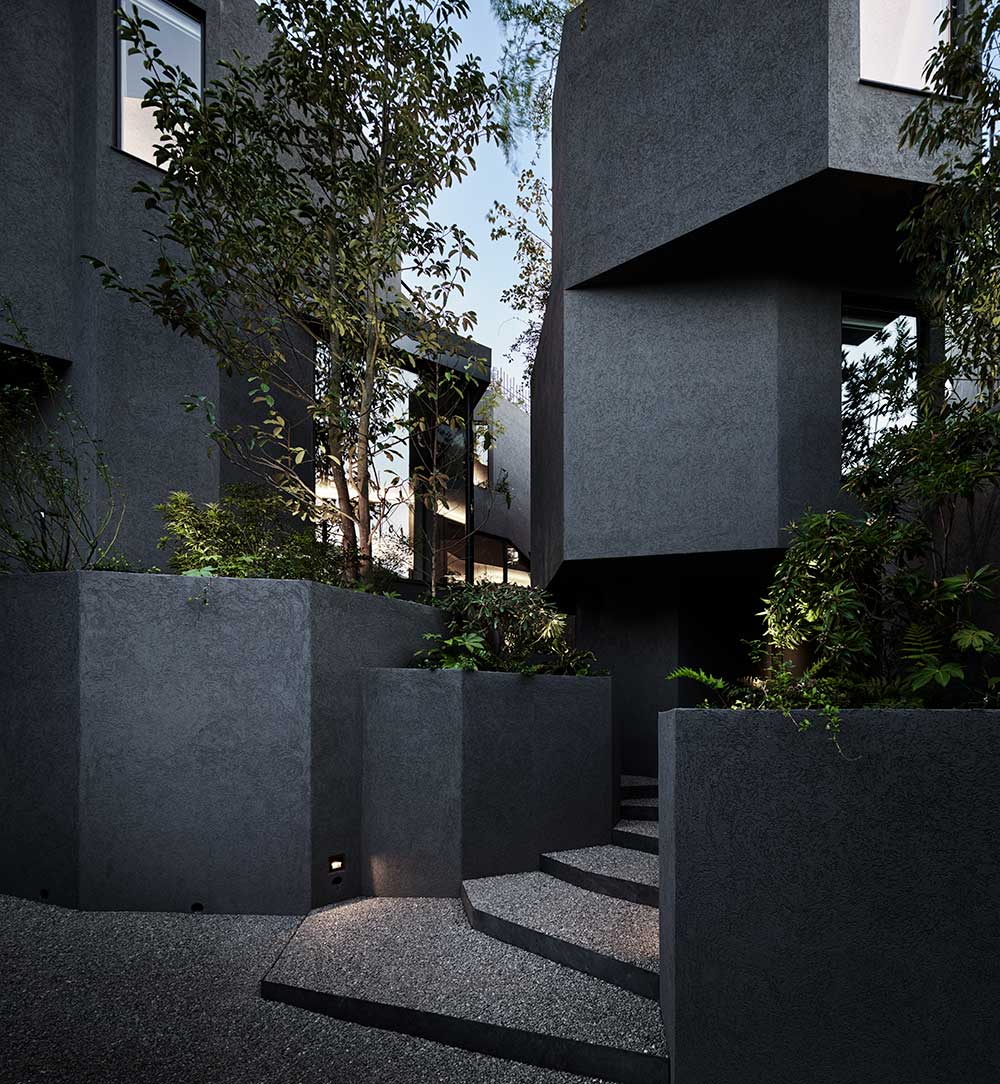
Ide continues to explain that the key design influence for the project, however, came much closer to home. ‘The actual motif of the whole form of the house became the columnar joint of Izu [a peninsula at the island of Honshū to the city’s west] that was familiar from my childhood,’ he acknowledges.
Columnar jointing is a process of topographical development, where cooling lava moulds intersecting geological joints into a repeated pattern of polygonal columns. The firm expertly recreated the visual effect, weaving stucco-finished black concrete around the U-shaped site to form a labyrinthine ring of angular volumes.

Aesthetic value aside, the exterior’s material choice has a second function. The concrete has been insulated, capitalising on its black finish to soak in the city heat during the day. When the temperature drops at night, the retained heat is displaced, sustainably moderating indoor heating levels.
Once within the home’s central cluster, calm is instilled by contrast. Plant life voluminously grows from every exterior nook and cranny, brightly juxtaposing the dark surroundings. Ide refer to this space as a ‘breathing zone’, a canvas of green that can be enjoyed from virtually every wall-height window around the property.
The three-level floor plan is less like a maze than the monolithic exterior might first suggest. Black concrete floors and walls flow like a meandering river to public and private spaces, accessed from either the ground-level garage to the building’s left or the main entrance to the right. The flow is only staggered by dead-ends found the deeper into the home you go, largely at private spaces including bedrooms and bathrooms.

Interior design was considered in equal measure to its exterior counterpart. Artechnic designed and produced every internal element, from the warm walnut flooring and cabinetry in communal areas to the myriad bespoke furniture designs found throughout. Highlights include angular units cleanly integrated into the bathrooms; a minimal dining table and low-slung sofas in the kitchen-cum-living space; and walnut beds lying adjacent to bedroom windows.
A lift at the home’s rear takes residents to the rooftop terrace, where a snug dining area offers an elevated place for peaceful respite. Additional insulation comes courtesy of the rooftop greening system, doubly cooling the terrace when its retained water evaporates.
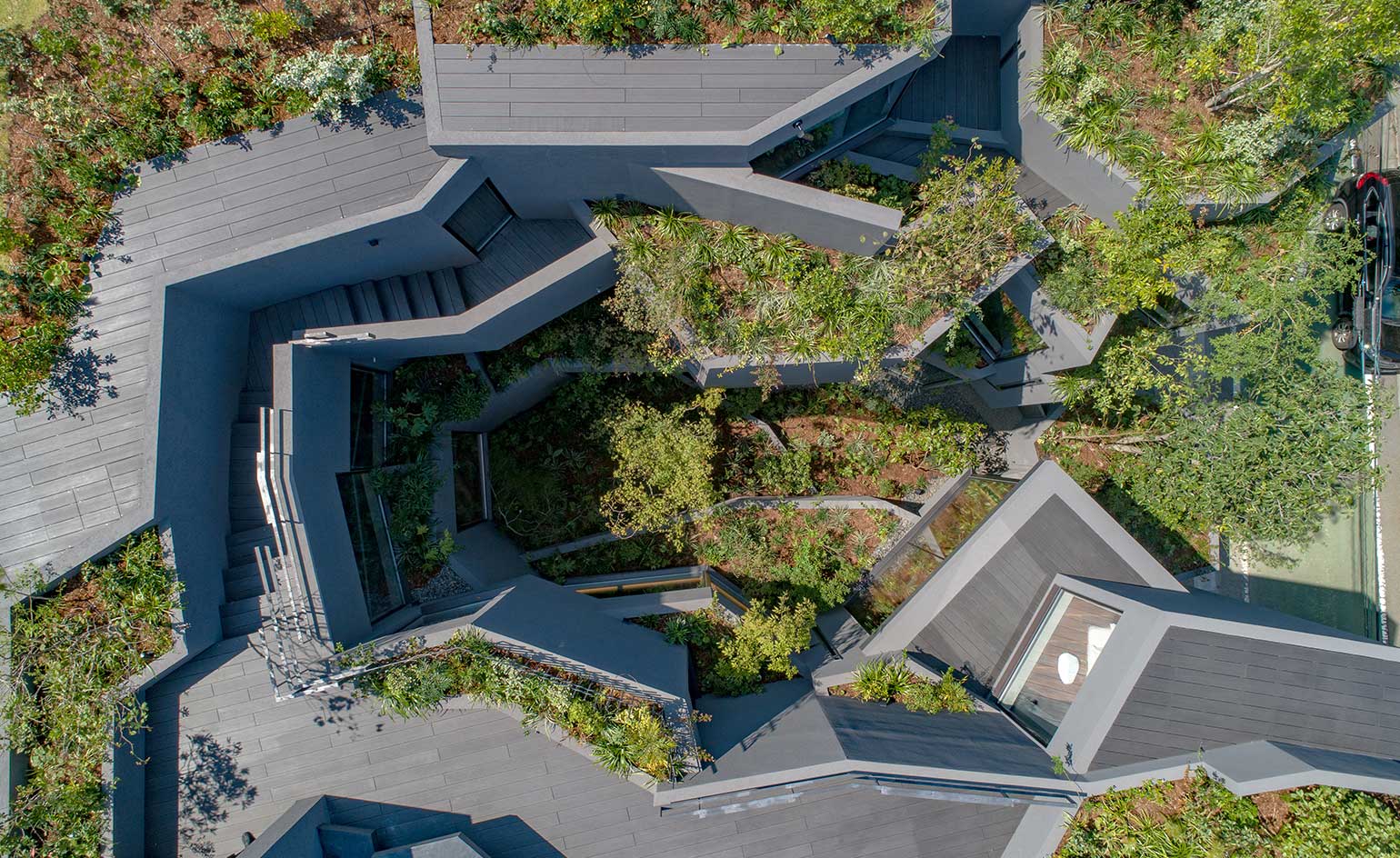

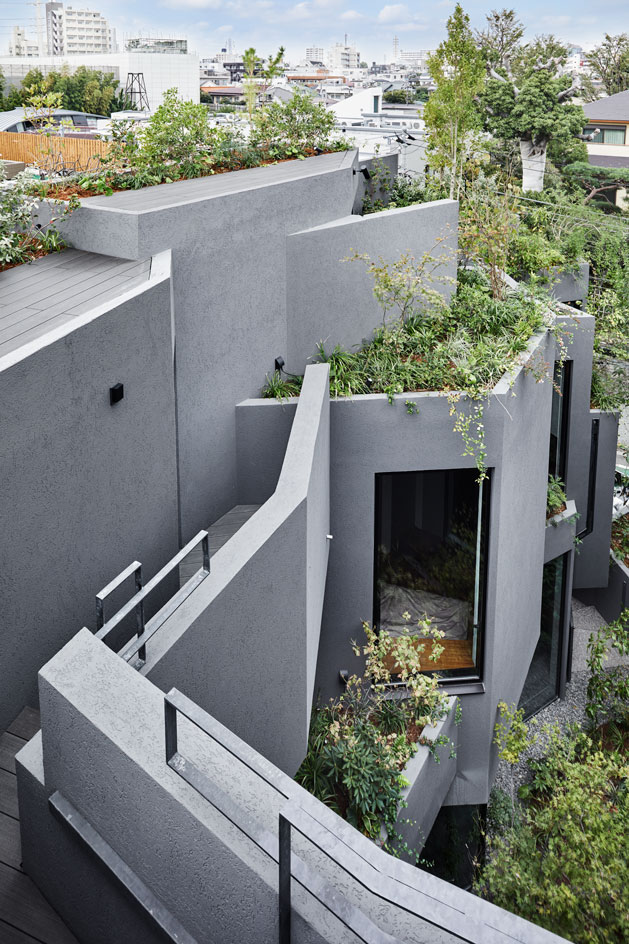
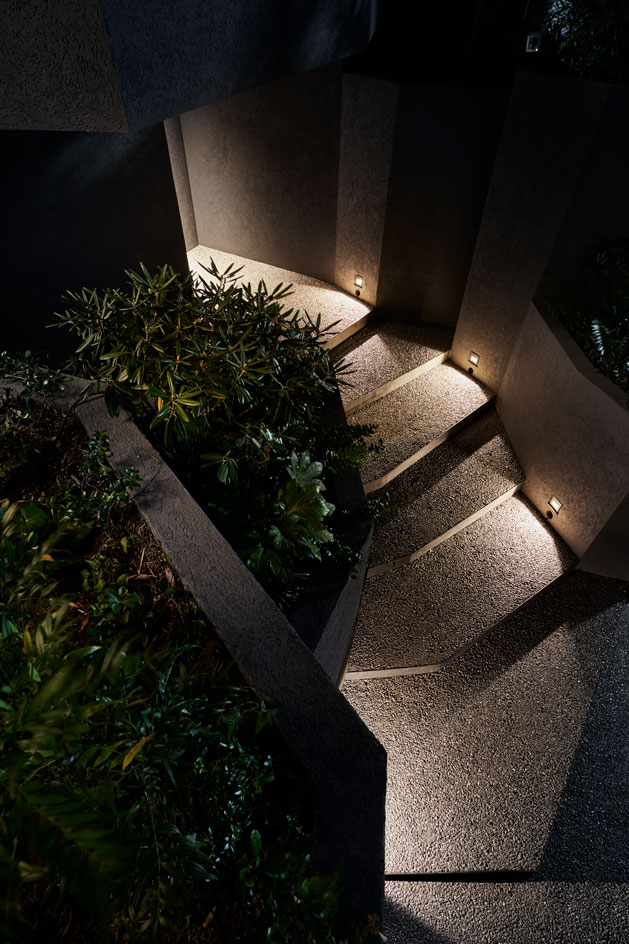

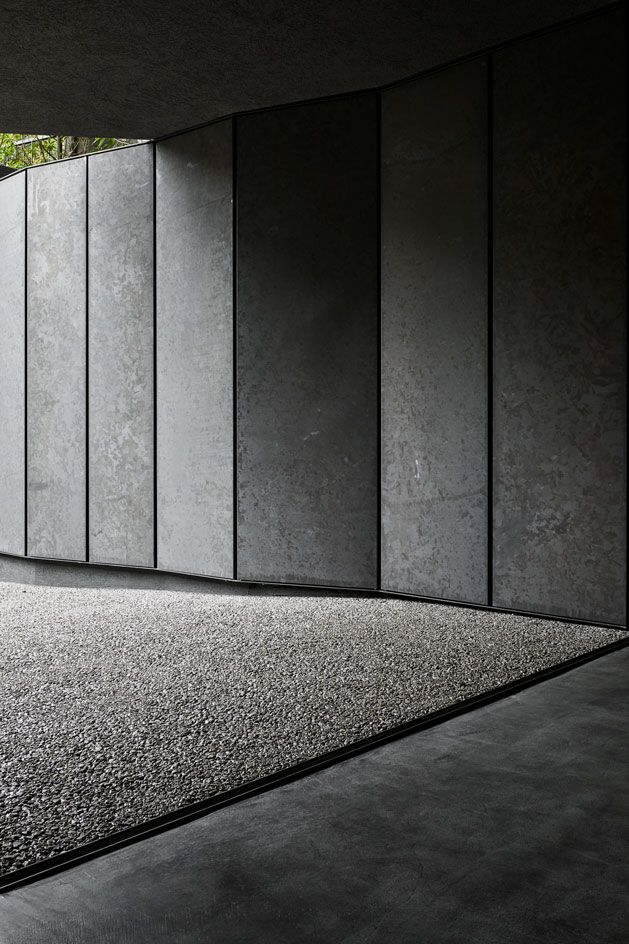

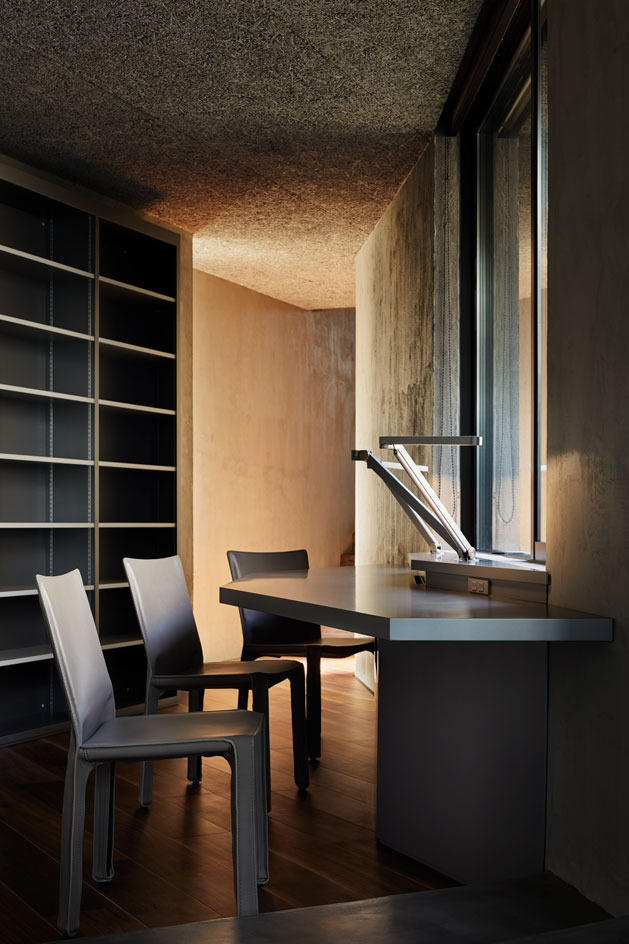



INFORMATION
For more information, visit the Artechnic Architects/Kotaro Ide website
Receive our daily digest of inspiration, escapism and design stories from around the world direct to your inbox.
-
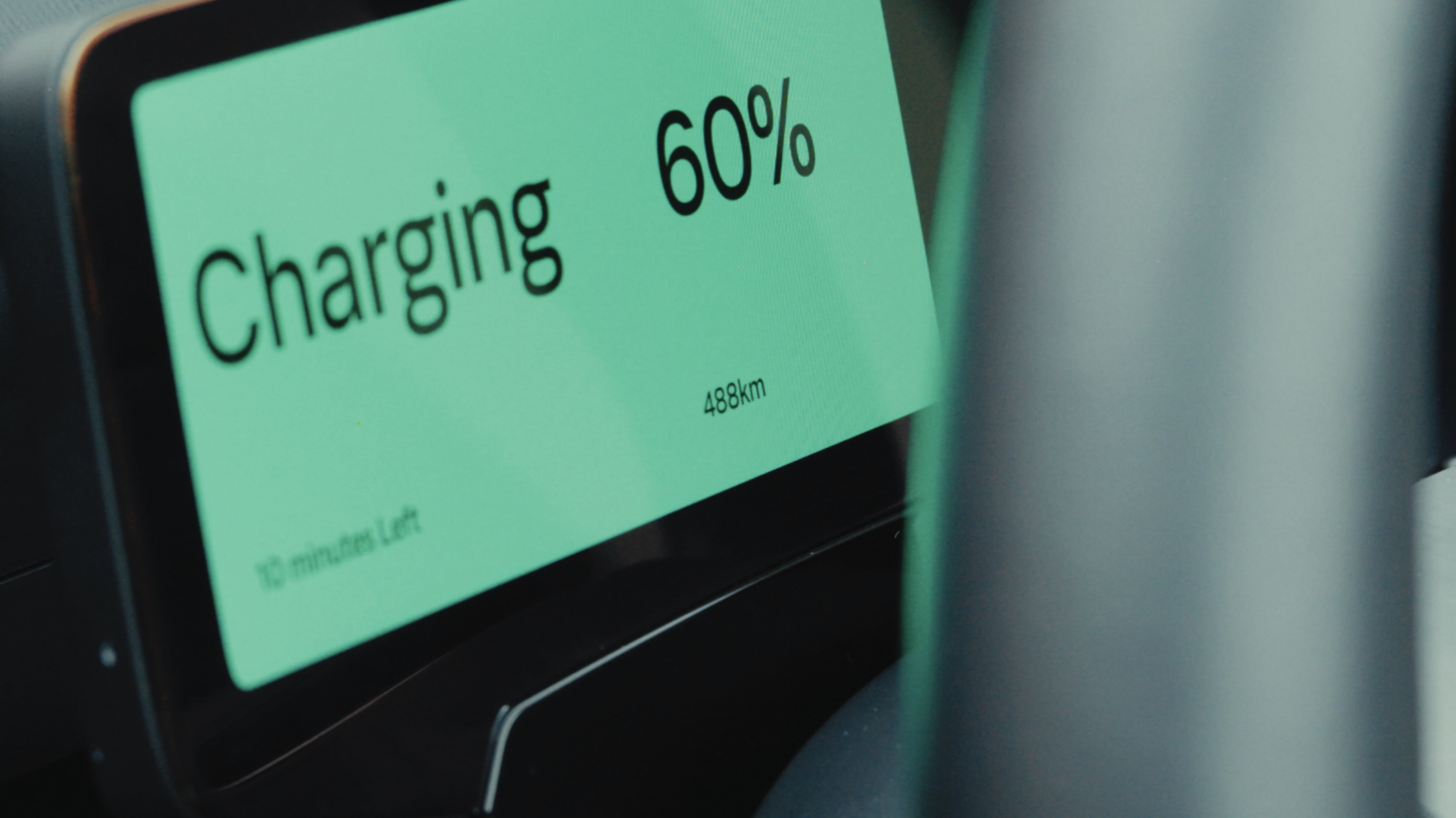 Volvo’s quest for safety has resulted in this new, ultra-legible in-car typeface, Volvo Centum
Volvo’s quest for safety has resulted in this new, ultra-legible in-car typeface, Volvo CentumDalton Maag designs a new sans serif typeface for the Swedish carmaker, Volvo Centum, building on the brand’s strong safety ethos
-
 We asked six creative leaders to tell us their design predictions for the year ahead
We asked six creative leaders to tell us their design predictions for the year aheadWhat will be the trends shaping the design world in 2026? Six creative leaders share their creative predictions for next year, alongside some wise advice: be present, connect, embrace AI
-
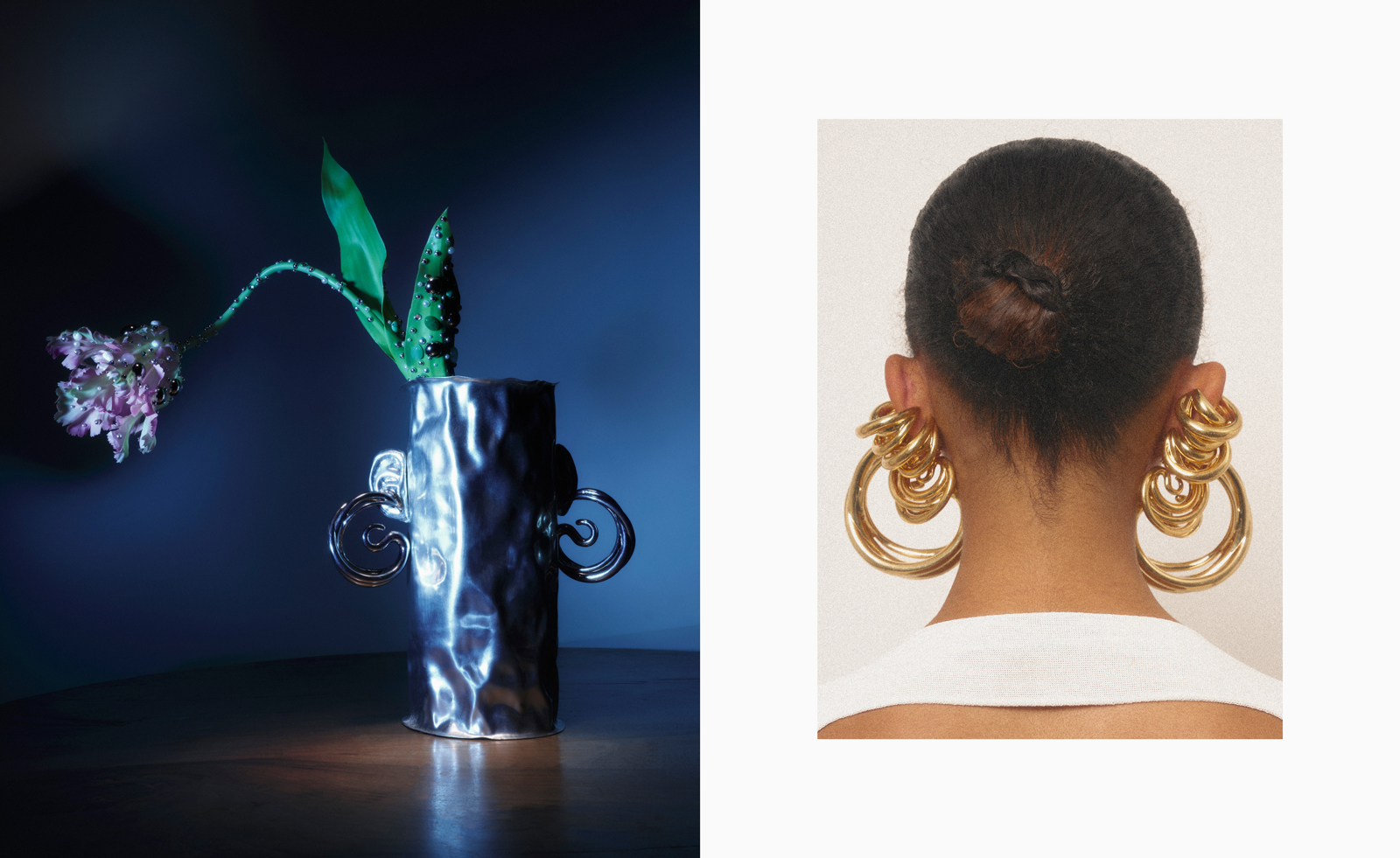 10 watch and jewellery moments that dazzled us in 2025
10 watch and jewellery moments that dazzled us in 2025From unexpected watch collaborations to eclectic materials and offbeat designs, here are the watch and jewellery moments we enjoyed this year
-
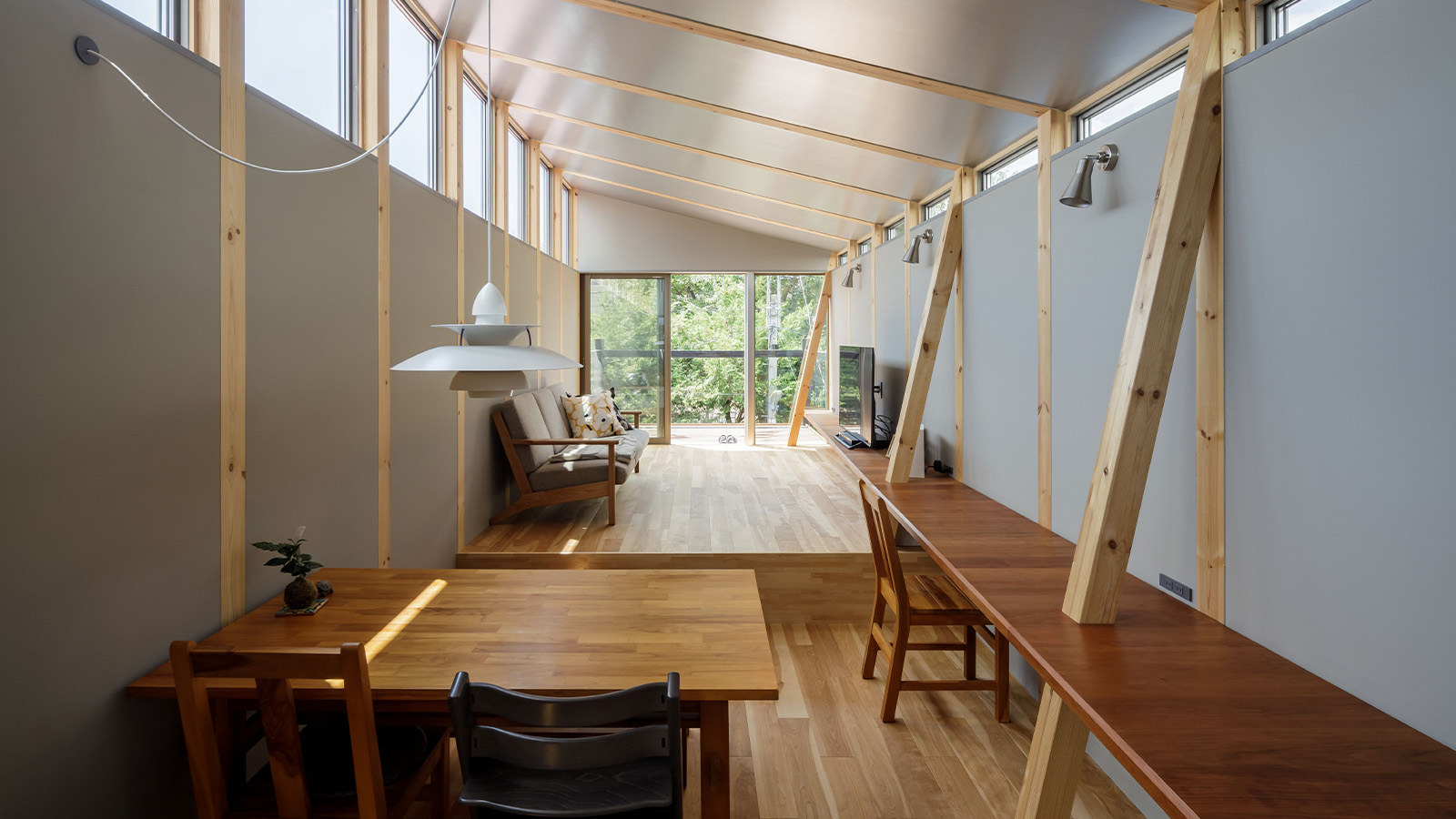 This Fukasawa house is a contemporary take on the traditional wooden architecture of Japan
This Fukasawa house is a contemporary take on the traditional wooden architecture of JapanDesigned by MIDW, a house nestled in the south-west Tokyo district features contrasting spaces united by the calming rhythm of structural timber beams
-
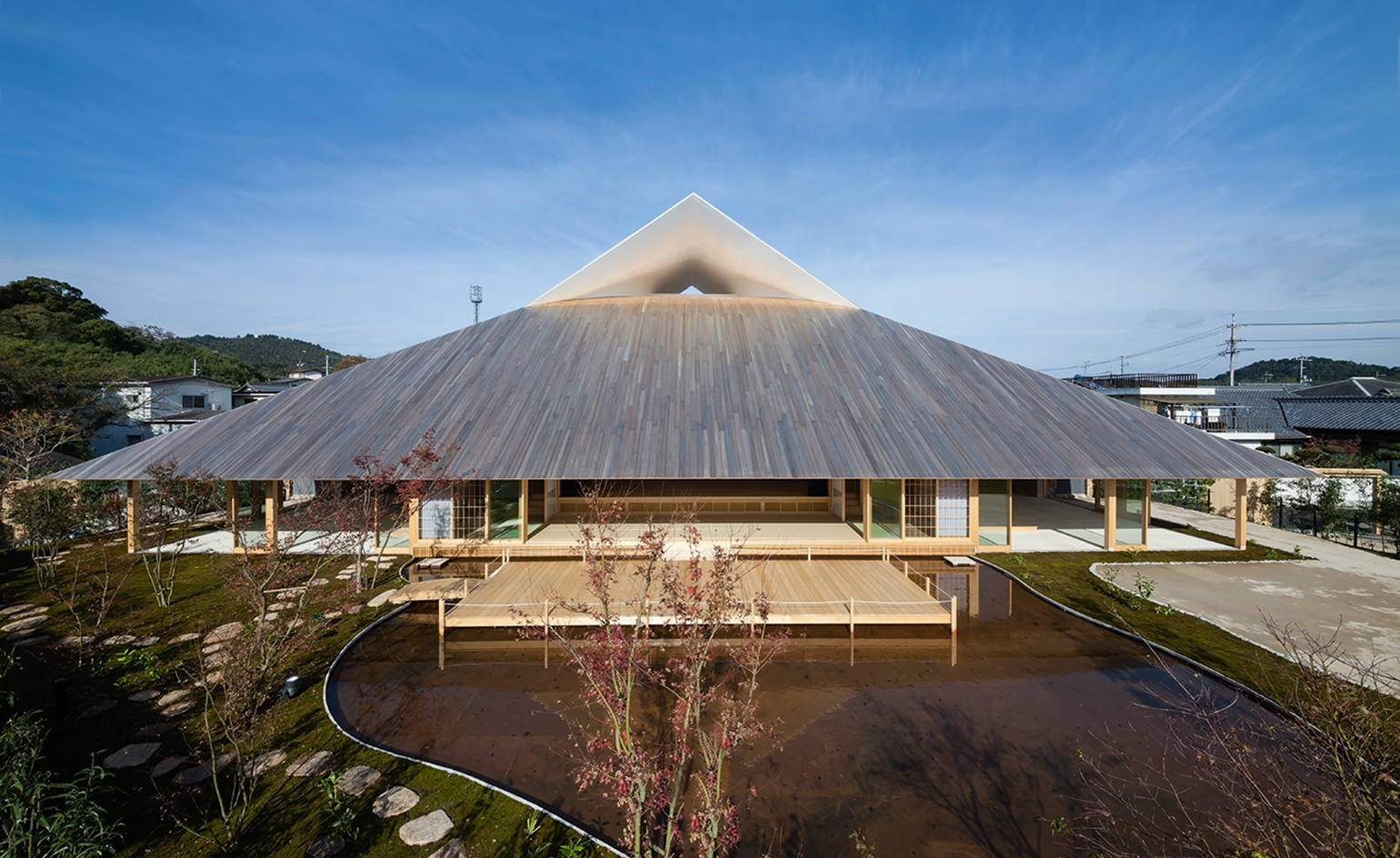 Take a tour of the 'architectural kingdom' of Japan
Take a tour of the 'architectural kingdom' of JapanJapan's Seto Inland Sea offers some of the finest architecture in the country – we tour its rich selection of contemporary buildings by some of the industry's biggest names
-
 Matsuya Ginza lounge is a glossy haven at Tokyo’s century-old department store
Matsuya Ginza lounge is a glossy haven at Tokyo’s century-old department storeA new VIP lounge inside Tokyo’s Matsuya Ginza department store, designed by I-IN, balances modernity and elegance
-
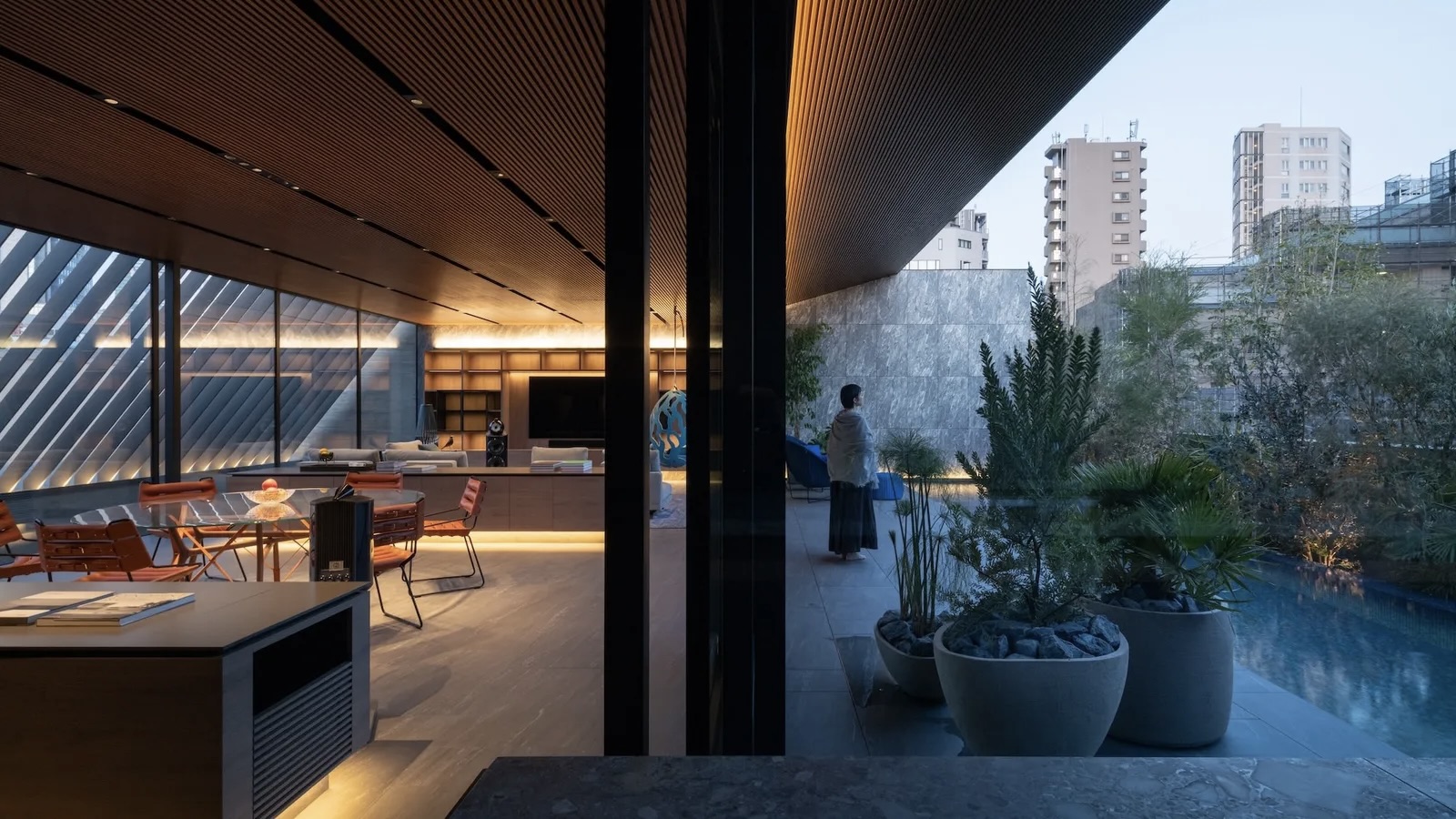 The Architecture Edit: Wallpaper’s houses of the month
The Architecture Edit: Wallpaper’s houses of the monthThis September, Wallpaper highlighted a striking mix of architecture – from iconic modernist homes newly up for sale to the dramatic transformation of a crumbling Scottish cottage. These are the projects that caught our eye
-
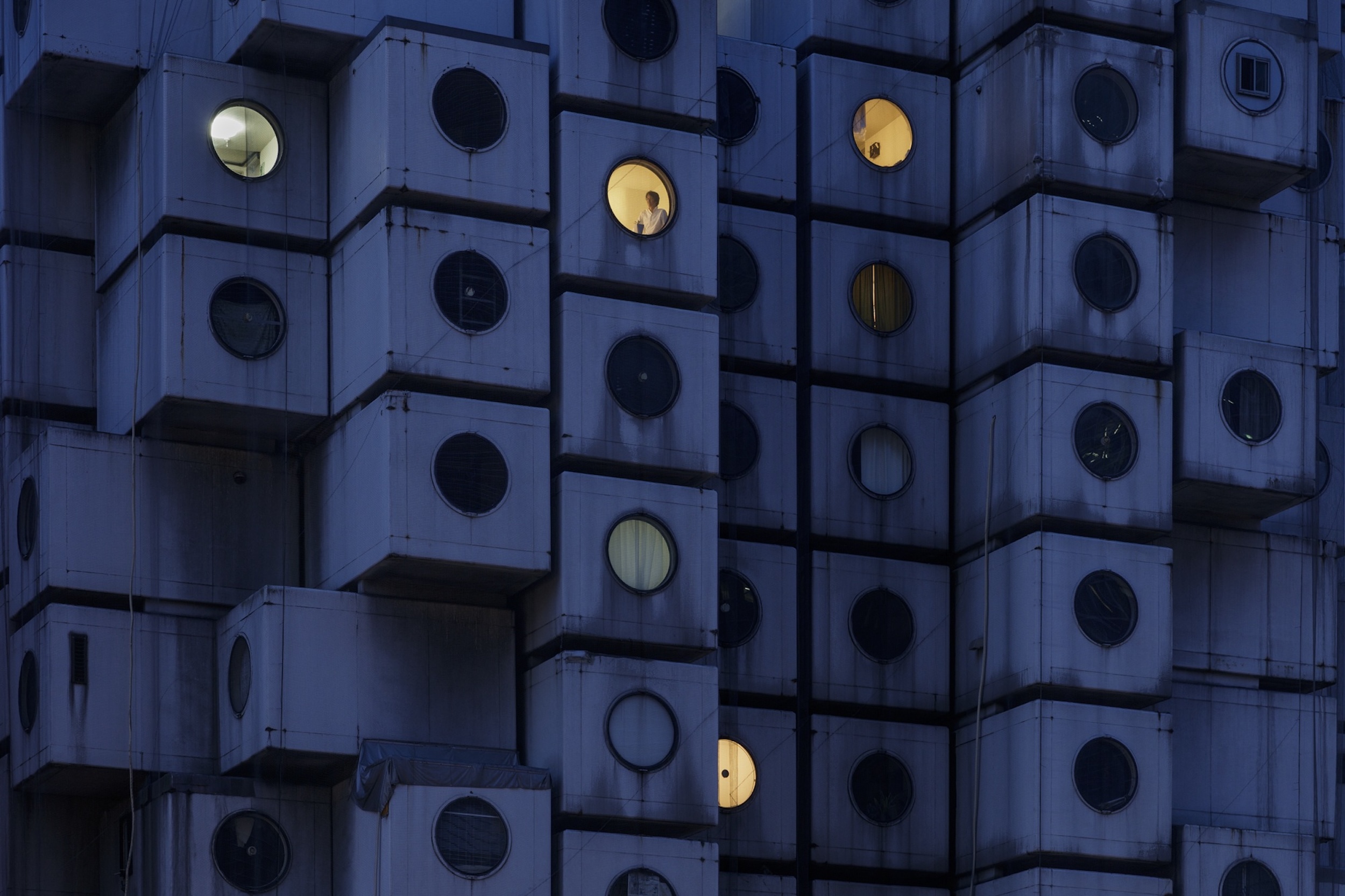 Utopian, modular, futuristic: was Japanese Metabolism architecture's raddest movement?
Utopian, modular, futuristic: was Japanese Metabolism architecture's raddest movement?We take a deep dive into Japanese Metabolism, the pioneering and relatively short-lived 20th-century architecture movement with a worldwide impact; explore our ultimate guide
-
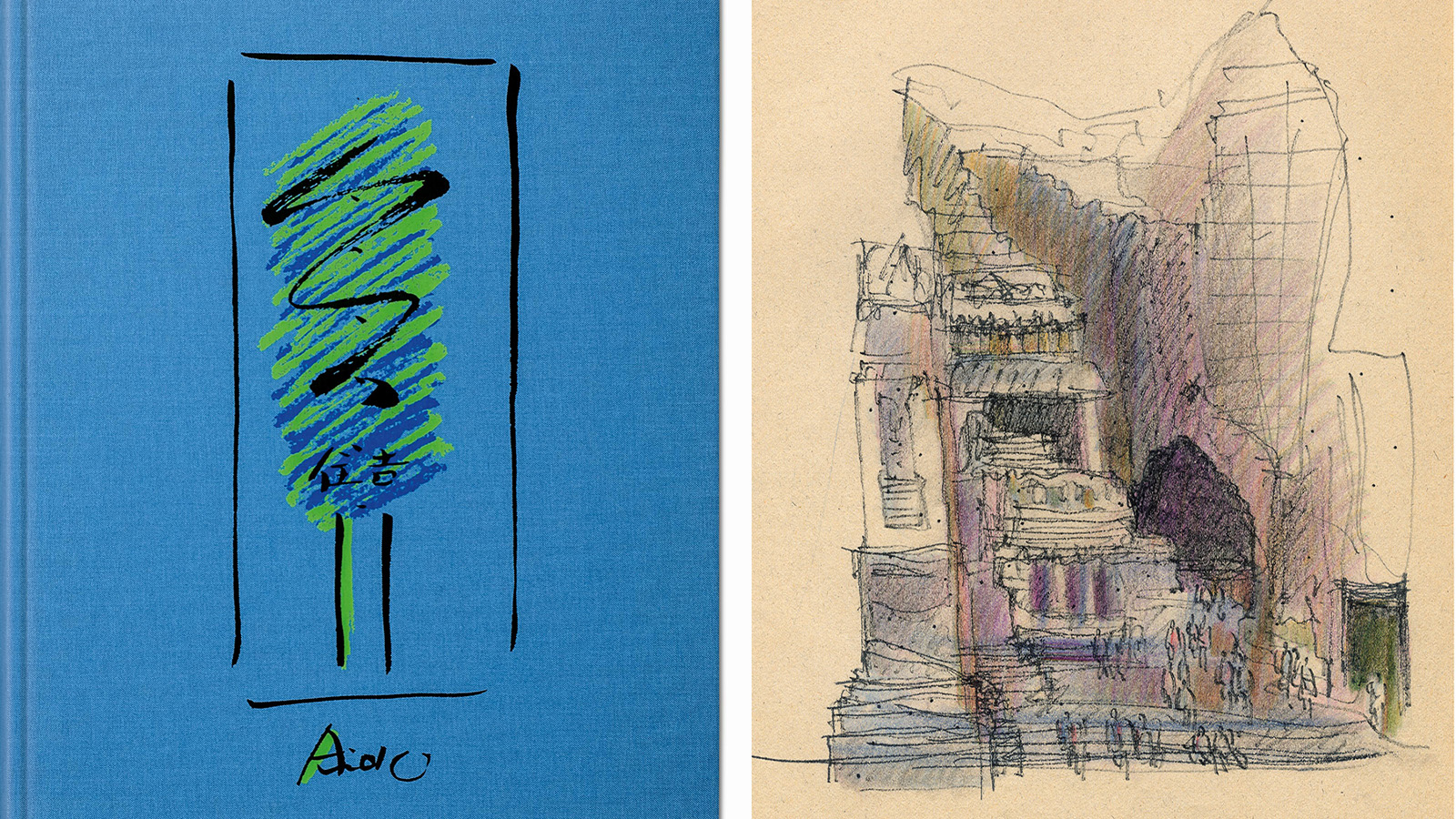 A new Tadao Ando monograph unveils the creative process guiding the architect's practice
A new Tadao Ando monograph unveils the creative process guiding the architect's practiceNew monograph ‘Tadao Ando. Sketches, Drawings, and Architecture’ by Taschen charts decades of creative work by the Japanese modernist master
-
 A Tokyo home’s mysterious, brutalist façade hides a secret urban retreat
A Tokyo home’s mysterious, brutalist façade hides a secret urban retreatDesigned by Apollo Architects, Tokyo home Stealth House evokes the feeling of a secluded resort, packaged up neatly into a private residence
-
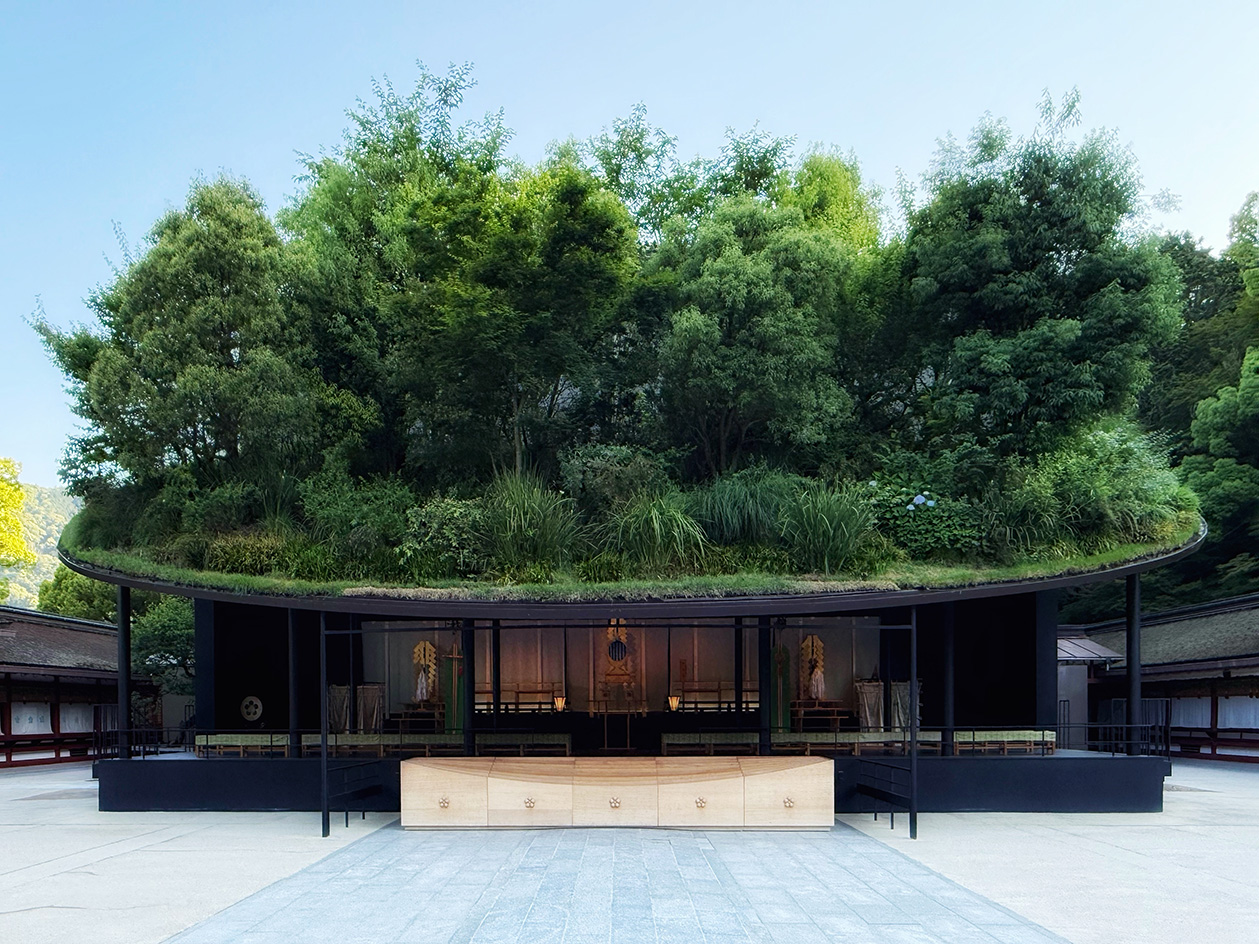 Landscape architect Taichi Saito: ‘I hope to create gentle landscapes that allow people’s hearts to feel at ease’
Landscape architect Taichi Saito: ‘I hope to create gentle landscapes that allow people’s hearts to feel at ease’We meet Taichi Saito and his 'gentle' landscapes, as the Japanese designer discusses his desire for a 'deep and meaningful' connection between humans and the natural world